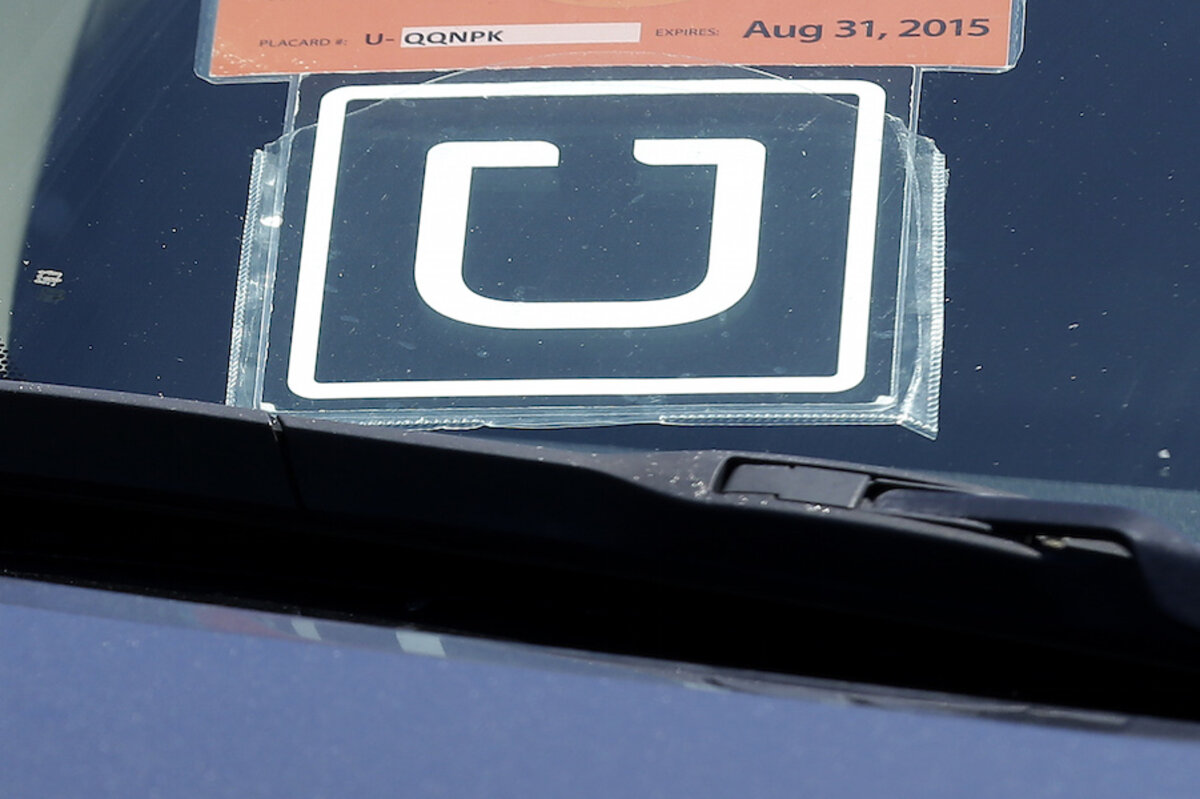Five big tax breaks for the self-employed
Loading...
There are many valuable tax deductions for��freelancers, contractors and other self-employed people. Here are five of the big ones.
1. Part of your house
If you work from your home or use part of it in your business, you could get a break on the cost of keeping the lights on.
What you can deduct:��A portion of your mortgage or rent; property taxes; the cost of utilities, repairs and maintenance; and similar expenses.
How it works:��Calculate the percentage of your home’s square footage that you��use, in the IRS’ words, “exclusively and regularly” for business-related activities. That percentage of your mortgage or rent, for example,��becomes deductible. So if your home office takes up 10% of your house’s square footage, 10% of those housing expenses for the year are deductible. There are lots of scenarios outlined in����outlines a lot of scenarios,��but note that only expenses related to��the part of your home you use for business — say, fixing a busted window in your home office — are usually fully deductible.
What else you can do:��Choose the simplified option, which lets you deduct $5 per square foot of home used for business, up to 300 square feet — that’s about a 17-by-17-foot space. You won’t have to keep as many records, but you might end up with a lower deduction, so consider calculating��it both ways before filing.
» MORE:��
2. Your health insurance (maybe)
If you bought policies on your own for yourself or your family, you might qualify for��a tax break on the premiums.
What you can deduct:��All of the medical and dental insurance premiums for you, your spouse, your dependents and your children who are younger than 27 at the end of the tax year. Long term care insurance premiums also count.
How it works:��It’s an adjustment to income rather than an itemized deduction, which means you don’t necessarily have to itemize to claim it. But you might be��let down, because if you’re eligible to enroll in your spouse’s employer’s plan — even if you choose not to, maybe because��it’s more expensive than your own — you can’t take the deduction.
What else you can do:��Find out if you can deduct the premiums as a medical expense. This works only if you pay your premiums out of your own pocket, and your deduction is limited to the expenses that exceed 10% of your adjusted gross income, or 7.5% if you’re 65 or older. So if you’re 40 and your AGI is $100,000, your first $10,000 of medical expenses isn’t deductible.
3. Your education
You have to stay smart to run a growing business, and there are tax breaks for that.
What you can deduct:��The costs of “qualifying work-related education,” including tuition, books, supplies, lab fees, transportation to and from classes and related expenses.
How it works:��The expenses are deductible only if the education “maintains or improves skills needed in your present work.” In other words, if you’re taking classes to change careers or you’re working toward the minimum educational requirements for a trade or business, this probably won’t work for you. But you can qualify even if the education leads to a degree. Review����for the requirements.
What else you can do:��Look at the American Opportunity Tax Credit, the Lifetime Learning Credit or the tuition and fees deduction.
4. Your car
Driving to meet vendors, make pick-ups and woo clients can be hard on your car, but you might recoup some of that wear and tear on your tax return.
What you can deduct:��A little more than $1 for every two miles you put on your car for business purposes.
How it works:��At the end of the year, tally the number of��miles you drove in the car��for business, multiply that by the IRS’ preset standard mileage rate — 54 cents��per mile in 2016 — and deduct the total. Be sure to keep a mileage log; you’ll need it if you’re audited.
What else you can do:��Deduct your “actual car expenses” instead. These include depreciation, licenses, gas, oil, tolls, parking fees, garage rent, insurance, lease payments, registration fees, repairs and tires. You’ll have to do this anyway if you’re using five or more cars in your business, and you’ll have to track your mileage for either method. If you’re leasing your car, check out����for rules about the amount of lease payments you can deduct.
5. Your retirement savings
You might have more options than you think when it comes to saving for retirement as a self-employed person. One popular choice is the solo 401(k).
What you can deduct:��Contributions to a solo or one-participant 401(k) plan of up to $53,000 per year or 100% of earned income, whichever is less.
How it works:��Just like a standard, employer-sponsored 401(k). Your��contributions are pretax, and distributions after age 59½ are taxed. You can contribute as both an employee (of yourself) and the employer, with salary deferrals of up to $18,000 in 2016, plus a $6,000 catch-up contribution if you’re 50 or older. And��you can add approximately 25% of net self-employment income, not exceeding that $53,000 limit.
What else you can do:��.
Tina Orem is a staff writer at NerdWallet, a personal finance website. Email:��torem@nerdwallet.com.
The article����originally appeared on��.




